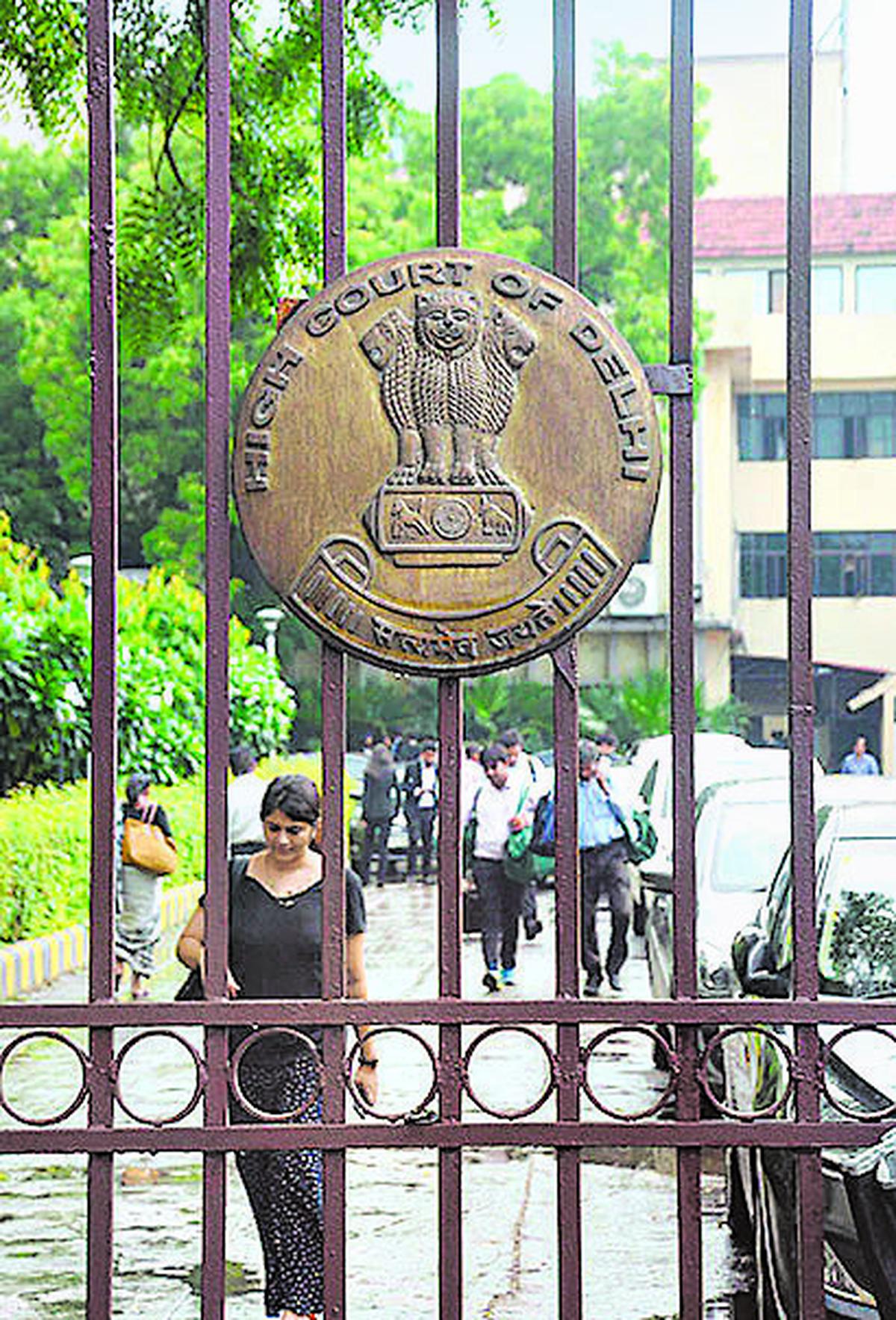
Delhi HC to hear pleas challenging Centre's Agnipath Scheme on November 18
The Hindu
The Agnipath scheme, unveiled on June 14, lays out rules for the recruitment of youths in the armed forces
The Delhi High Court on October 19 listed for hearing on November 18 several pleas challenging the Centre's Agnipath scheme for recruitment in the armed forces.
A bench of Chief Justice Satish Chandra Sharma and Justice Subramonium Prasad granted two weeks' time to the petitioners to respond to the Centre's stand on the matter.
In a "consolidated" reply filed in response to several petitions against the Agnipath scheme as well as those concerning the recruitment processes for the armed forces under certain previous advertisements, the Central Government has there is no legal infirmity in the scheme.
The government submitted the Agnipath scheme was introduced in exercise of its sovereign function to make national security and defence more "robust, "impenetrable" and "abreast with changing military requirement".
"Reply has been filed by the Union of India. Petitioner prays for time to file rejoinder. Petitioners are granted 2 weeks' time," said the court.
The Agnipath scheme, unveiled on June 14, lays out rules for the recruitment of youths in the armed forces. According to these rules, those between 17-and-a-half and 21 years are eligible to apply and they would be inducted for a four-year tenure, and 25 per cent of them will be granted regular service subsequently. After the scheme was unveiled, protests erupted in several states against the scheme.
Later, the government extended the upper age limit to 23 years for recruitment in 2022.













